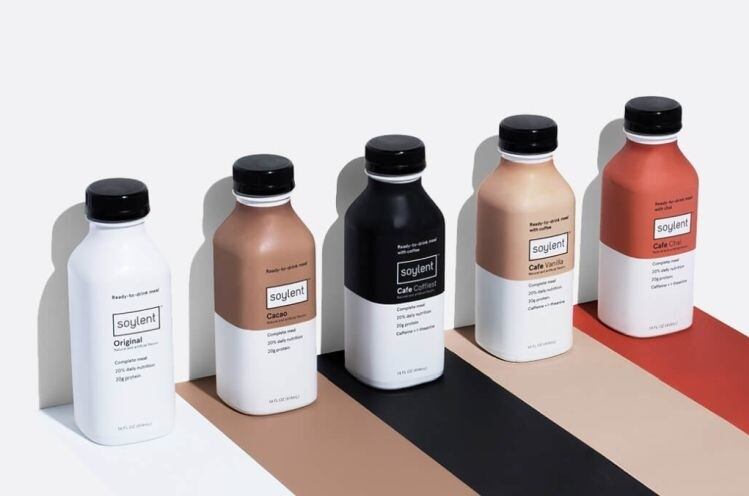Market research company Kantar Media analyzed advertising activity of meal replacement companies in the first two weeks of 2019—a period in which many consumers have a sense of renewal and invigorated motivation to get in shape.
“One of the popular ways today’s consumers are tackling this goal is meal replacement shakes,” said Jim Leichenko, director of marketing at Kantar Media.
To grab consumers’ attention, Kantar Media found that investing in sponsored listings on Amazon and Google prove valuable to brands.
“Five brands—Soylent, Fitmiss, Orgain, IdealShape and GNC—had an equal number of organic listings as RSP Nutrition and Garden of Life, but the latter two brands surpassed all the others by investing heavily in sponsored listings as well,” he told NutraIngredients-USA.
“In another example, Slimfast had double the number of organic listings as RSP and Garden of Life but ranked behind them with less than half the sponsored listings.”
How The Nature’s Bounty Co.-owned MET-Rx performed on Amazon further underscores the value of sponsored listings, Leichenko added.
“We found just five organic listings for the brand and four times as many sponsored listings, suggesting that MET-Rx made the top ten ranking primarily on the strength of its sponsored listings alone,” he said.
Winning more clicks
For Google results, Kantar Media measured the share of total clicks on the keyword 'meal replacement shakes' in the same time period. In this space, both retailers and individual brands vied for a consumer's attention.
"Meal replacement brand IdealShape had a very strong all-around performance in Google search in the first two weeks of the new year. Within product listing ads, IdealShape topped the ranking for both desktop and mobile, garnering 11.5% of all PLA desktop clicks and 27.2% of all PLA mobile clicks," Leichenko said, using the industry shorthand for 'Product Listing Ads.'
"IdealShape also had a very strong performance in mobile text ads, gaining an 18.9% click share, while ranking fifth in desktop text ads with a 9.4% click share," he said.
As for retailers, "Walmart ranked second in desktop PLA, with a 9% click share, followed closely by GNC, both retailer and manufacturer, with an 8.9% click share."
Protein is king in the category, as TV ads suggest
Kantar Media also examined TV commercials for meal replacement shakes that aired on national and cable television in the same period (January 1-14).
“In total, we found four advertisers promoting meal replacement shakes on TV during the period,” Leichenko said.
The top advertisers were Ensure (spending $1.2 million for TV advertising), Slimfast ($1 million), Boost ($781,000), and Atkins ($304,000).
Among all the commercials, his team noticed that protein was a recurring theme. Ensure’s commercial mentioned 30 grams of protein to help consumers “reach their health goals,” Boost’s highlighted that its product now offers 33% more protein, and Atkins’ had actor Rob Lowe assuring viewers that the new chocolate shake with 30 grams of protein tastes great.
Advertising on TV—is it still worth it?
Unlike TV ads, it was hard to pinpoint a recurring theme advertisers used to promote meal replacement shakes online.
“There were more paid search advertisers than TV advertisers and more of a variety of themes in paid search ads we saw than in the TV ads,” Leichenko said.
“However, it’s important to note that the paid search ads we observed during the period were displaying for one keyword, ‘meal replacement shakes’, and that each advertiser was also likely sponsoring far more keywords than just that one, and may, in fact, have served different ads for those other keywords. So, it’s hard to make a useful assessment without all of the information.”
Leichenko added that if brands have the budget to invest in both TV and online, it’s a good idea to do so. “Generally, television advertising is a lot more expensive than paid search. TV helps you reach a mass audience to build awareness and brand equity, while paid search enables you to reach in-market shoppers who are actively looking to make a purchase,” he said.
Think of television airtime as increasing a brand’s ubiquity that will eventually drive consumers online looking for the brand.
“We’ve seen in many categories, particularly crowded categories with high competition like meal replacement shakes, that consumers are more likely to click on search ads from household name brands they are already familiar with.”

